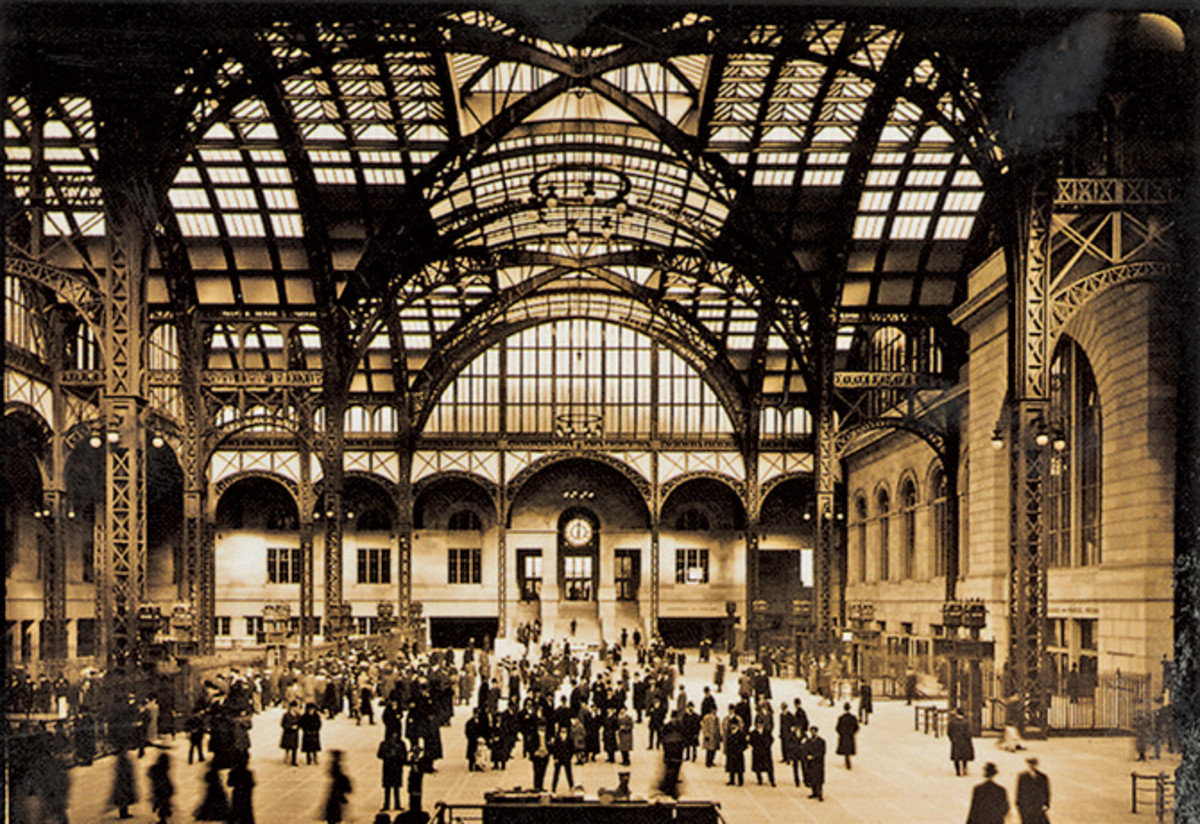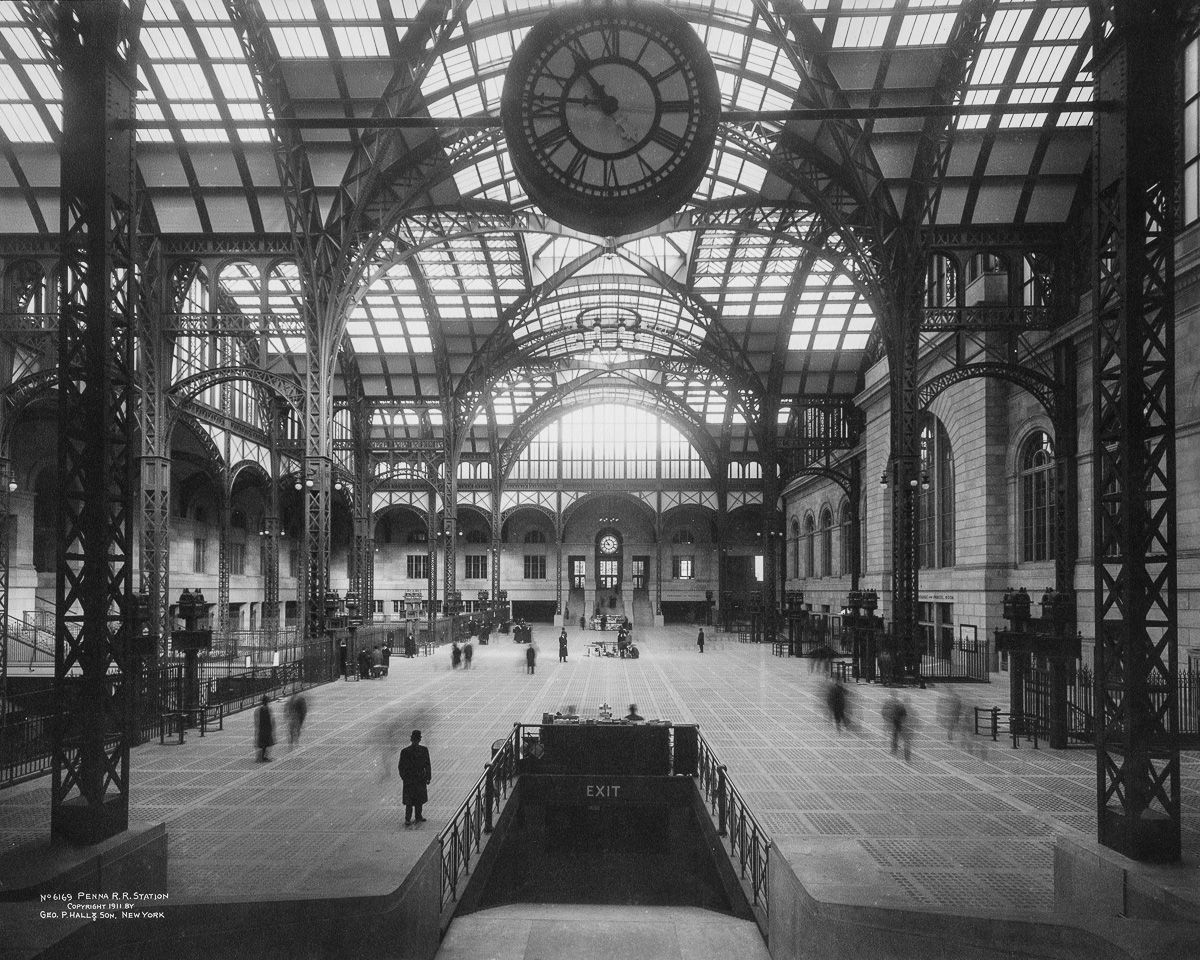New York's original Penn Station
Track level at Pennsylvania Station, showing stairway and elevators, photographed between and The Pennsylvania Station concourse, showing gates and indicators, photographed between and Penn Station secured a place in our popular culture: The station was also a setting for the Alfred Hitchcock thriller "Strangers on a Train. Faced with financial trouble, the Pennsylvania Railroad decided in the early s to tear the grand old station down Architects and others protested the plan Demolition began in , and after three heartbreaking years, Penn Station was reduced to what it remains today A ring of steel sprouts from the debris of New York City's old Pennsylvania Railroad station as the city's new Madison Square Garden starts to take shape on June 9, The premier sports venue has had many locations since the first Garden was built in downtown Madison Square.
On a more positive note, Penn Station's destruction helped inspire the landmarks preservation movement, which has saved Grand Central Terminal and other famous New York City structures from tampering As a New York Times editorial put in back in ; "We will probably be judged not by the monuments we build but by the monuments we destroy.
New York City History podcast is brought to you …. But we can only do this with your help!

Check them out and consider being a sponsor. We greatly appreciate our listeners and readers and thank you for joining us on this journey so far.
The Pennsylvania Station restaurant, found after one stepped through the arcade but before the waiting room. Awaiting the arrival of preacher Billy Sunday. Read more about the context of this extraordinary picture here.
The Samuel Rea statue that once greeted commuters from the original Penn Station loggia. In his hands are blueprints to the old Penn Station and a model of the station to his side. Tom and Untapped Cities guide Justin Rivers walking down one of the original Penn Station departure staircases, still in operation. The story of Pennsylvania Station involves more than just nostalgia for the long-gone temple of transportation as designed by the great McKim, Meade and White.
